Discover Casa Wabi: the growing art centre of high design
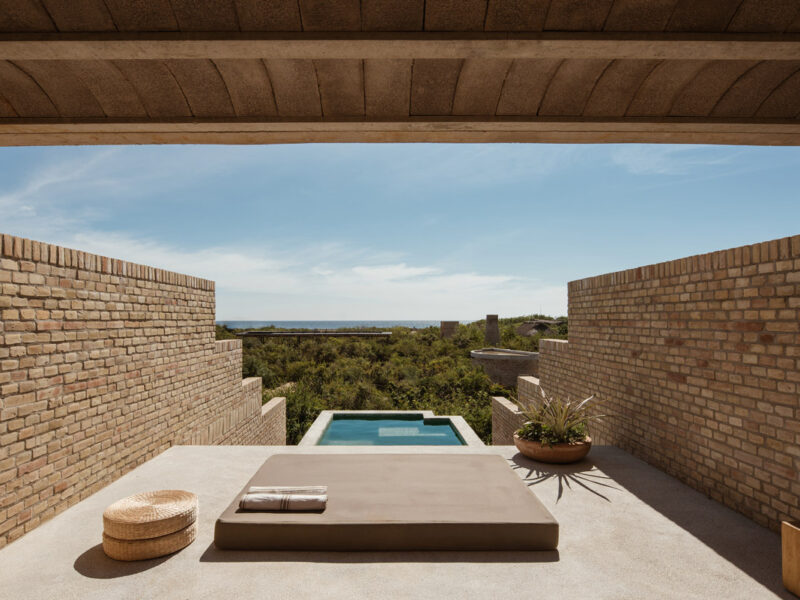
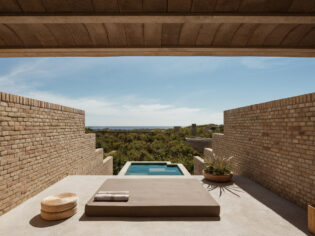
Nature and culture find synthesis at Casa Wabi, an art centre on the Oaxaca Coast, writes Neha Kale.
It ripples through my body somewhere beyond my line of vision, the sound of the wave that booms like a thunderclap. The surfers who have flocked here since the 1970s called it the Mexican pipeline, this swell that rises and falls with the insistence of a heartbeat on this golden stretch of Mexico’s Oaxacan coast.
The evolving charm of Casa Wabi
Last night, I marvelled at it on our balcony during one of those Fanta-orange sunsets that are synonymous with Puerto Escondido. But now, I am standing inside the 10-metre-tall observatory at Casa Wabi. It leans at a 60-degree angle in the direction of the Pacific, like a temple half-buried in sand. The acoustics are near-perfect: artists have been known to play their guitars here. I sit on the wooden bench and look up.
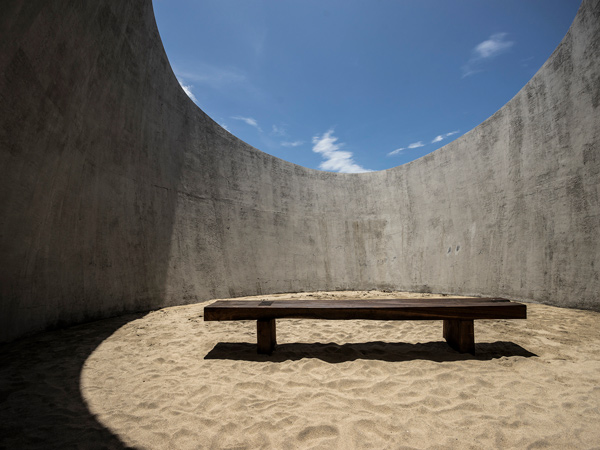
See the sky anew from its observatory.
Through the aperture, a piece of the sky floats – a flawless, bleached-blue oval. Over the edge of the wall, the Sierra Madre del Sur mountain range hovers ghost-like on the horizon, four kilometres above sea level. Here, the collision of mountain, sky and ocean exudes an elemental power. My senses are stretched. I’m awake to the primal energy of the landscape in a way I’ve never been before.
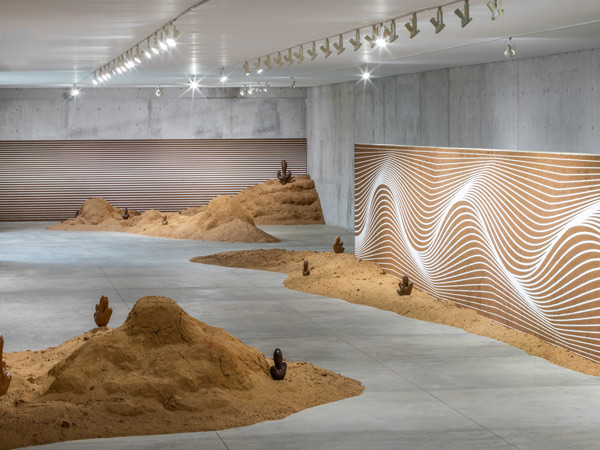
Explore site-specific exhibitions at the art centre.
To get to Casa Wabi, the art centre founded in 2014 by the acclaimed Mexican artist Bosco Sodi and built by the Pritzker-winning Japanese architect Tadao Ando, you drive 40 minutes from the cheery Puerto Escondido surf town of La Punta to Punta Pajaros.
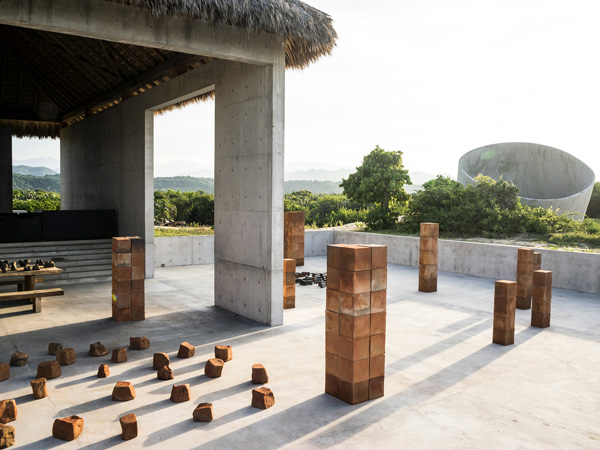
Bosco Sodi’s installations at Casa Wabi.
Casa Wabi’s high-design movement
This piece of the Oaxacan wilderness is fast becoming a growing centre for high design and regenerative developments by stars of the architecture world. There is Hotel Escondido, a series of bungalows, which couples adobe-style interiors with a beachfront infinity pool by Mexico City’s Federico Rivera Rio. And Casa Tiny is a minimalist, concrete dwelling inspired by Henry David Thoreau’s Walden.
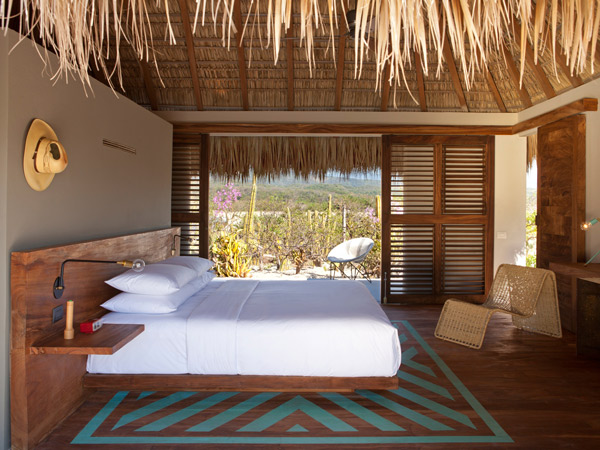
Check into a stylish beach-chic bungalow at Hotel Escondido. (Image: bookings through designhotels.com)
Along a winding road, we pass agave fields. There are signs for cocos frios (fresh coconuts). Our driver takes a wrong turn and reverses down a one-way road until we see it, rising out of the jungle. The lines of a staircase. A rectangular archway. A palapa, a traditional thatched roof made from dried palm leaves. A series of geometric columns and planes, made from silken concrete, so cool you want to press your face to it. This place washes over you slowly.
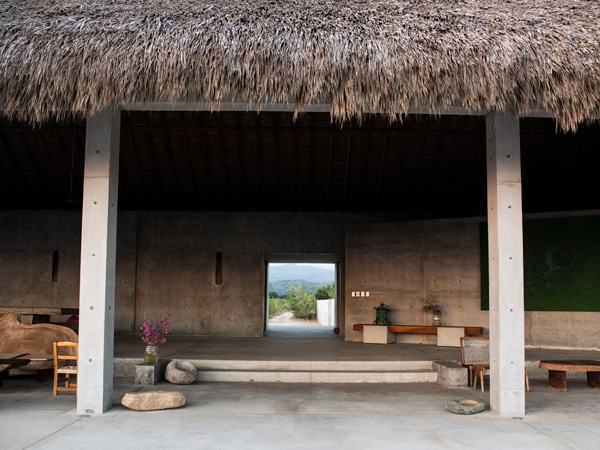
Casa Wabi also oversees an international artist residency program.
Traditional Japanese architecture with a twist
At Casa Wabi, named for the Japanese philosophy of beauty in imperfection, I walk through the austere corridors newly alive, not just to the sound of the waves, but the passage of shadows.
The strange intensity of the afternoon light. “I have the best job in the world,” laughs our guide, a fast-talking artist. He works with the Fundación Casa Wabi, which oversees an international residency program where the likes of Swiss sculptor and painter Ugo Rondinone, Argentinian artist Dolores Furtado and French sculptor Daniel Buren are invited to collaborate with the local Oaxacan community.
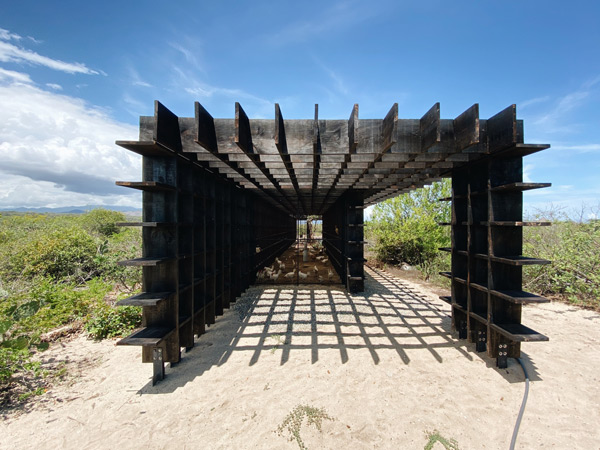
Casa Wabi is dotted with abstract sculptures.
Here, John Giorno has hosted his famous Dial-A-Poem project, and Mexican artists Claudia Fernandez and Benjamin Torres have worked with Chatino schoolchildren to make drawings of native plants and rescue their local dialect.
I stop at an outdoor terrace to admire tiles arranged in an elegant circle – an intervention by São Paulo’s Héctor Zamora. Outside there’s Sodi’s Los Atlantis, a piece of land art made with 1600 bricks using ancestral burning methods. A monumental structure looms against the mountains like a remnant of an ancient civilisation, a chimney tower – home to a kiln – by the renowned Mexican architect Alberto Kalach.
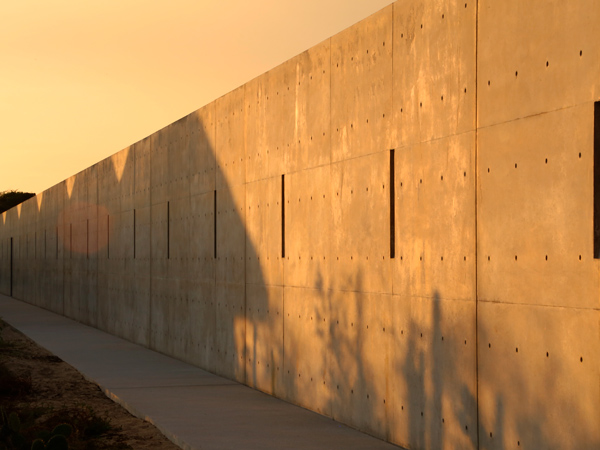
Sculpture, art and architecture intersect at Casa Wabi. (Image: Gerardo Landa)
A mix of art and nature
Time feels different in Punta Pajaros. My internet is slow. We stop for lunch at La Palapa, a thatched restaurant surrounded by foliage, where you can drink mezcalitas made from maracuya, a passionfruit that thrives in Oaxaca, and eat pulpo a la parrilla – tacos piled with octopus and garnished with edible flowers – off earthenware. On the same site, there are 11 villas drawing on regenerative principles.
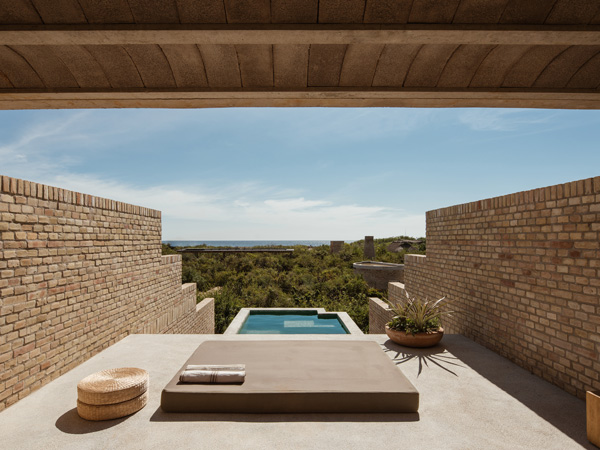
Hotel Terrestre is run on solar power.
Wraparound decks made from local wood face the sea. Butterflies and birds have returned to the area. They are surrounded by native vegetation, more than 100,000 plants reintroduced by Kalach and his team. Nearby Hotel Terrestre is a brutalist structure that channels the patterns of ancient Maya temples and is powered entirely by solar energy. In place of windows, slotted wooden doors, plunge pools and terraces exposed to the elements.

Impeccably designed Hotel Terrestre.
Back at Casa Wabi, I walk through the gardens, the sun hot against my neck. The cacti stand tall, strange shapes against the sky’s canvas. I nearly miss a sculpture by the Pakistani-American sculptor Huma Bhabha, art blending into nature, architecture a portal to a deeper relationship with the natural world.
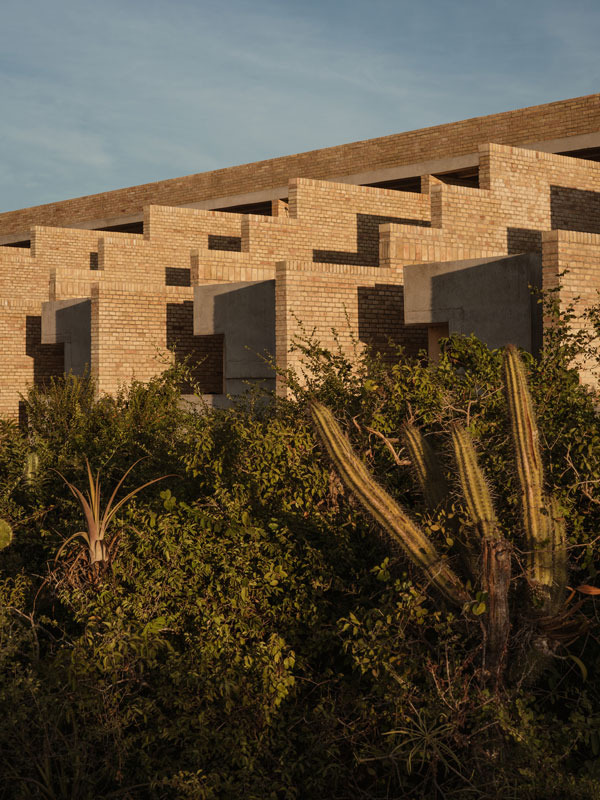
The brutalist lines of Hotel Terrestre.
Getting there
Puerto Escondido is around 90 minutes from Mexico City by air with flights operating several times a day. Hire a driver to travel between La Punta and Punta Pajaros. Tours of Casa Wabi must be booked in advance online.
Staying there
Casa da Volta, a set of dome-roofed dwellings by Mexican architect Ambrosi Etchegaray, blends vernacular materials with modernist principles. Hotel Terrestre and Hotel Escondido, members of Design Hotels, tune into the environment with architectural clout.
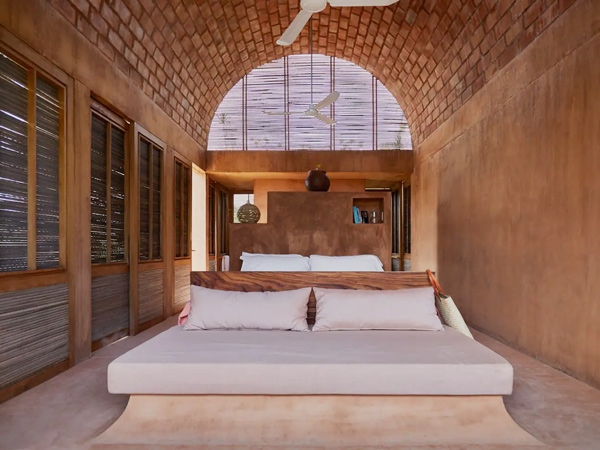
Casa da Volta is where modernity meets tradition.
Eating there
Book Kakurega Omakase, a 12-seat omakase restaurant helmed by Keisuke Harada. Here, the dishes – such as tostadas de camarón (shrimp) – meld Oaxacan produce with time-honed Japanese techniques.
Playing there
For a nightcap, swing by Cobarde, a sand-floored mezcaleria that sources unusual small-batch mezcals from around the country.


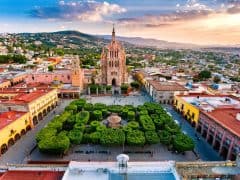
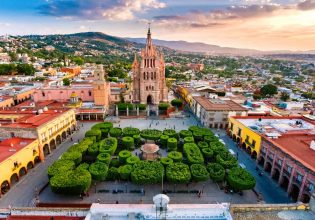
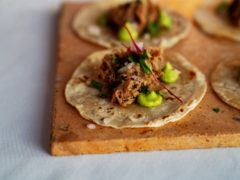

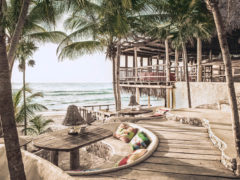
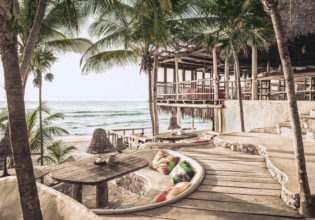

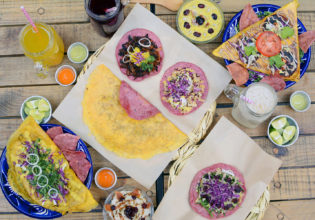
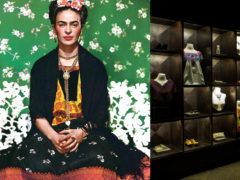
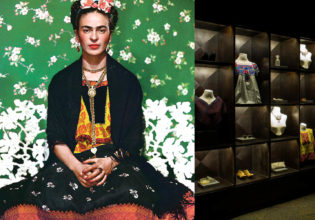

LEAVE YOUR COMMENT